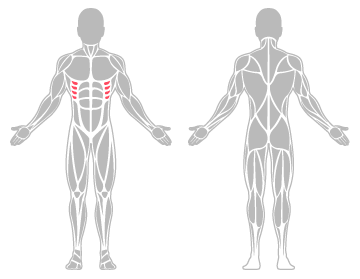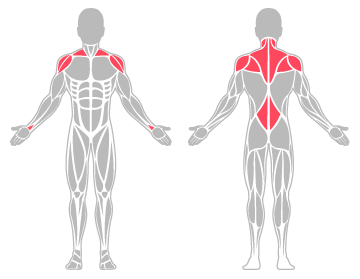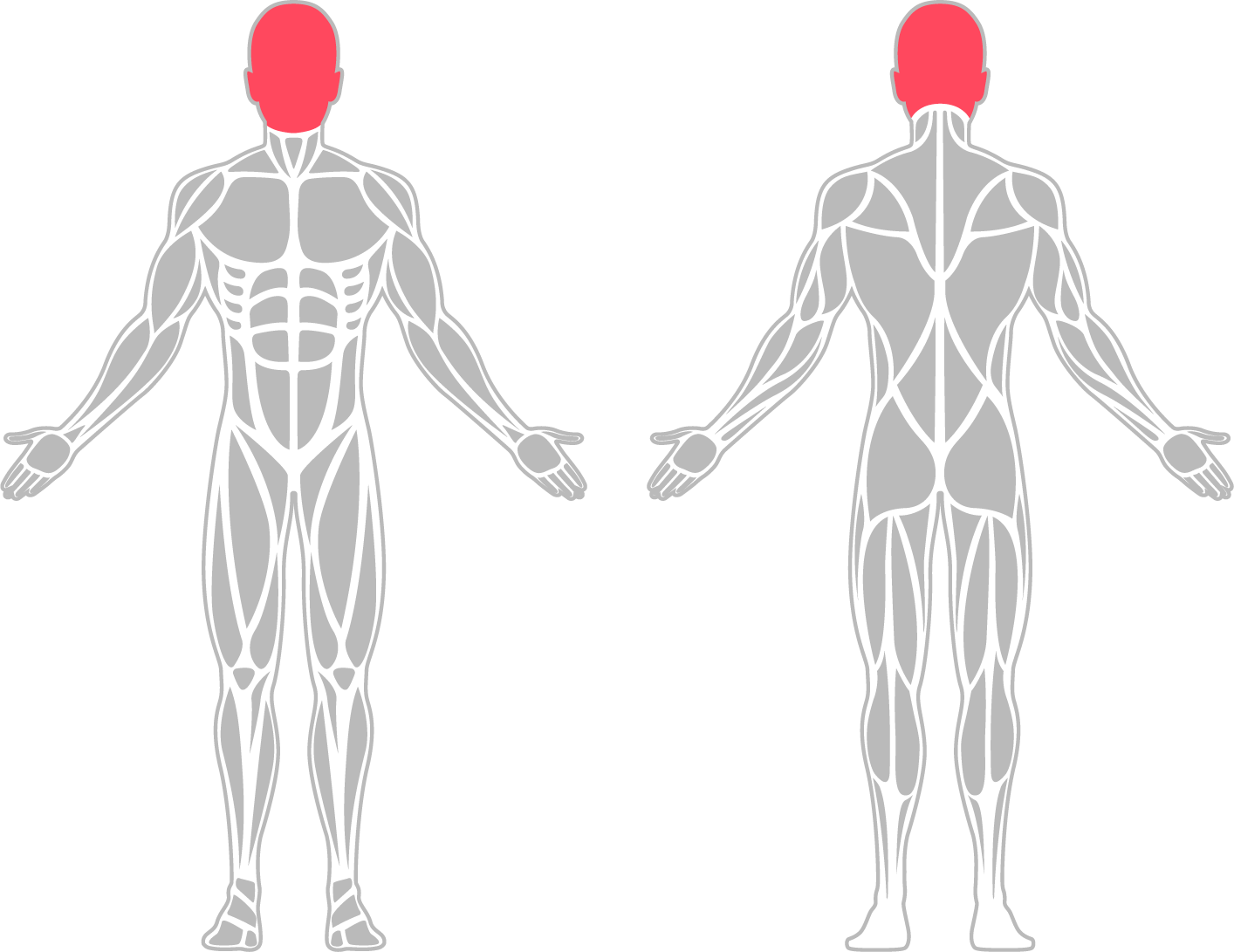2022-23 Work health and safety statistics - Health and community services
Key injury claims information


* Claims where the worker needed at least one week of due to their injuries are considered serious injuries.
Injury claims by age and gender

Main occupations seriously injured

Main industry sub-groups by serious injury claims

Main mechanisms of serious injury

Break down by main mechanisms of serious injury
-
Being hit by moving objects
The three main injury groups resulting from being hit by moving objects were:
 The two main incident types were:
The two main incident types were:- Being assaulted by a person or persons (59.3%)
- Being hit by falling objects (11.1%)
Main body area injured was:
- Ribs (11.1%)

-
Body stressing
The main two injury groups resulting from being body stressing were:

The three main incident types were:
- Muscular stress while lifting, carrying, or putting
down objects (50.0%) - Muscular stress while handling objects other than
lifting, carrying or putting down (33.3%) - Muscular stress with no objects being handled (16.7%)
Main body areas injured were:
- Lower back (54.2%)
- Shoulder (12.5)
- Wrist (12.5%)

- Muscular stress while lifting, carrying, or putting
-
Mental stress
The main three injury groups resulting from mental stress were:

The three main incident types were:
- Work related harassment and/or workplace bullying (50.0%)
- Exposure to workplace or occupational violence (33.3%)
- Work pressure (16.7%)
The main body area injured was:
- Psychological system in general (100%)

Government administration and defence 22-23 →